Umami is more than a flavor enhancer and savory taste. Learn about the different properties of umami and how it plays a vital part in traditional Japanese cuisine.
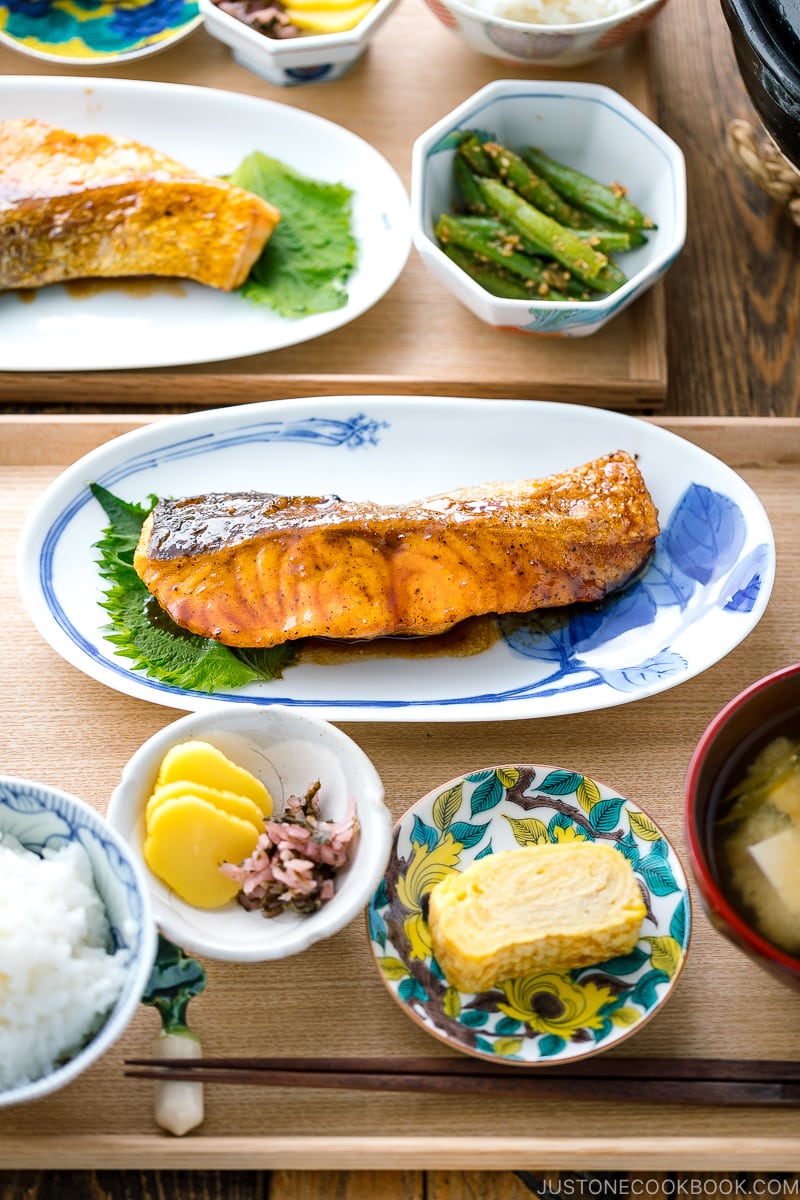
Umami, also known as the fifth taste, is abundant in food. From tomatoes, mushrooms, parmesan cheese, cured meats, gravy, and more, these foods hit you with that intense savory, meaty flavor. Your mouth might already be watering just imagining these foods. It’s prevalent in many cultures worldwide but has a special place in Japanese cuisine. After all, the word “umami” (旨味) is from the Japanese language, meaning “delicious taste.”
While there’s already plenty of research deciphering and lauding umami, let’s look at how it relates to Japanese cooking.
Table of contents
What is Umami
So we all know the first four flavors: sweet, sour, salty, and bitter.
Umami is perhaps the most difficult to explain. Often described as a brothy or meaty bold flavor, it’s found in some vegetables, animal meats, and non-meat produce. You may have noticed that it lingers in the back of your throat and causes a mouthwatering sensation.
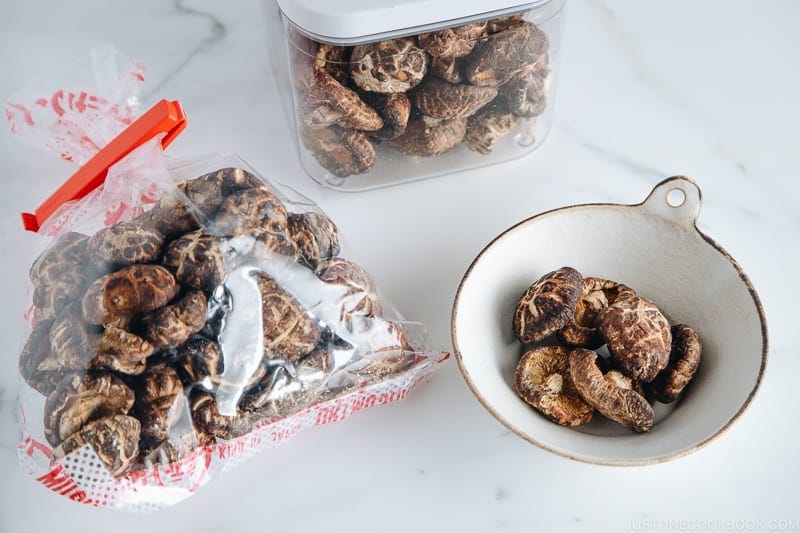
It’s hard to detect umami, but you can get a hint from tomatoes. Fresh tomatoes contain umami, but dried tomatoes have four times the amount. When tomatoes (as well as other produce) are dried, water is extracted, which concentrates the flavor molecules. Once you bite it, you need a lot of saliva to moisten and chew it. The saliva then spreads the mouthwatering flavor in your mouth, and as you keep chewing, you’ll notice this lasting flavor. This is umami.
Why is taste important?
So what’s all the fuss about the five tastes?
Flavors make food more appealing and delicious. More importantly, it serves as a food safety trigger on the primal level. This sensory information has helped humans and animals distinguish between safe and unsafe foods for survival. Below are the five basic tastes that our tongues can sense.
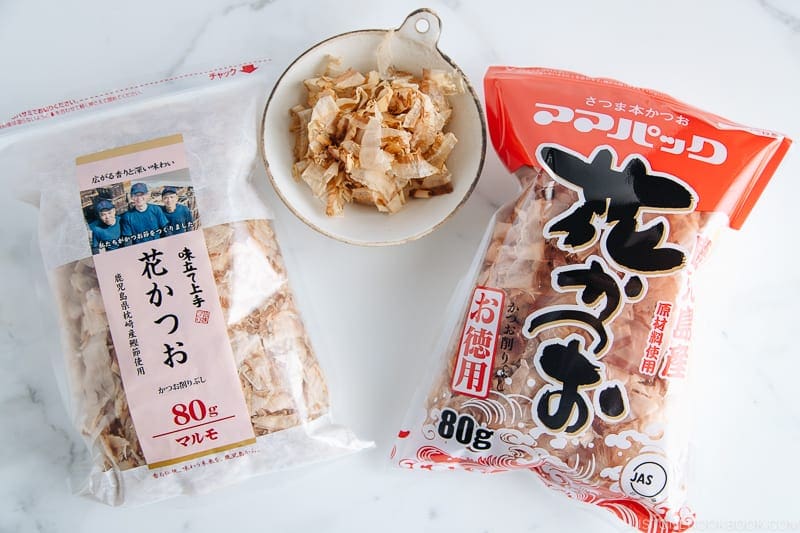
- Sweetness indicates the existence of carbohydrates, which give you energy. It helps fuel your brain, kidneys, heart muscles, and central nervous system.
- Sourness is an indicator that the food may be undergoing biodegradation. It’s not toxic and edible in fermentation, but it may be poisonous if decomposing.
- Bitterness is a warning that something may be unripe or toxic. But it can be made palatable through blanching or salting, such as bittermelon, spinach, and collard greens.
- Saltiness means there are essential nutrients and minerals. Salt balances the fluids in the blood and is vital for nerve and muscle function. Animals like deer and other wildlife seek salt licks to supplement their herbivore diet.
- Umami recognizes the presence of amino acids and proteins, which help the body repair and create new cells. Proteins consist of amino acids, which the body uses to make muscle and bone and as an energy source.
Types of Naturally Occurring Umami
To further understand umami, let’s break down the different types. There are four naturally found compounds: glutamate, inosinate, guanylate, and succinate.
Glutamate is in vegetables and meat. Examples include ripe tomatoes, onions, kombu seaweed, green tea, and mushrooms. It’s also abundant in amniotic fluid and breast milk, which means we detect and crave umami even in the womb!
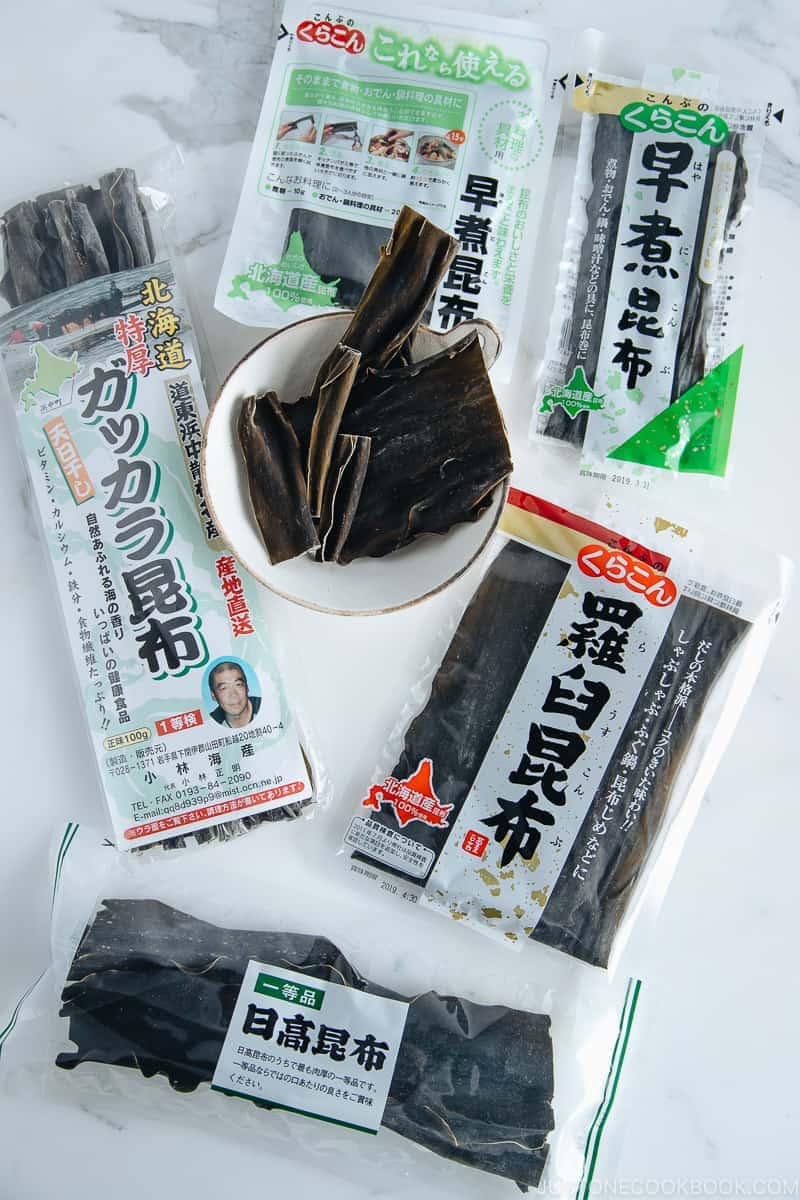
Inosinate is primarily in meat and seafood. It exists in poultry, beef, pork, katsuobushi, tuna, and sardines.
Guanylate is in dried mushrooms such as shiitake, porcini, and matsutake.
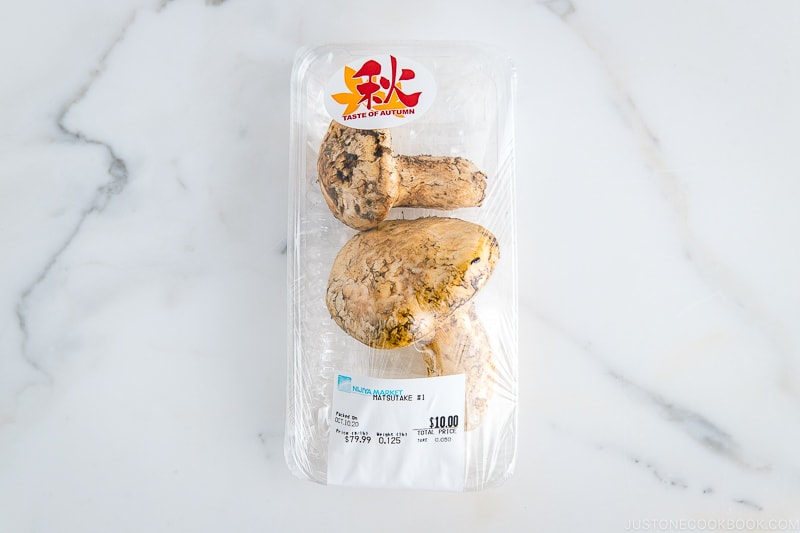
Succinate is in oysters, Manila clams, and shijimi clams.
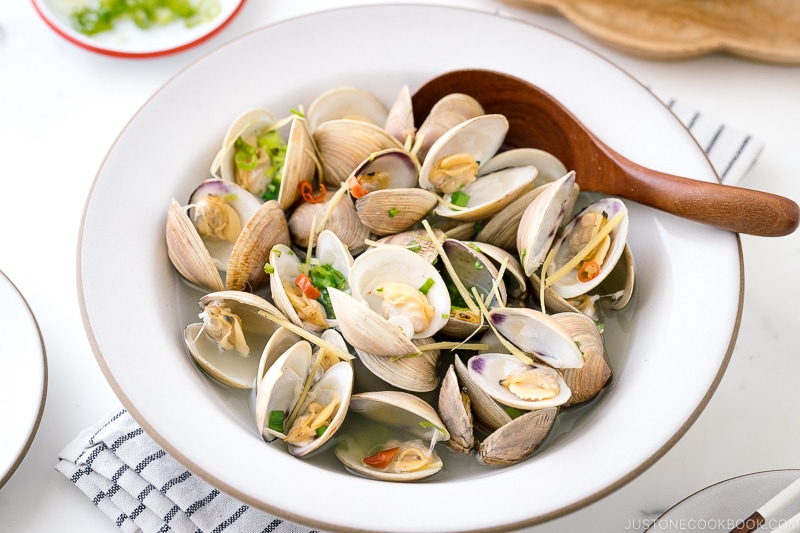
Boosting Umami through Cooking
The umami in animal meats and plants can be subtle and difficult to detect. However, it can be increased through the cooking process. This includes fermenting, aging, drying, boiling, steaming, smoking, salting, marinating, and slow cooking.

Think fish sauces, kimchi, sauerkraut, doubanjiang, prosciutto, and bone broths, which are rich in umami. These processes bring out and condense the umami present in these foods.
Relationship between Aging and Umami
As mentioned above, the umami in foods can be increased through cooking. Let’s look at the relationship between aging and umami in meat.
Meats and fish undergo aging before consumption as it enhance tenderness and flavor. For example, beef and tuna are aged for some time before serving. The main component is protein, which has no distinctive flavor. Try to describe the taste of high-protein foods such as egg whites, tofu, or chicken tenders. These foods are pretty mild and bland on their own.
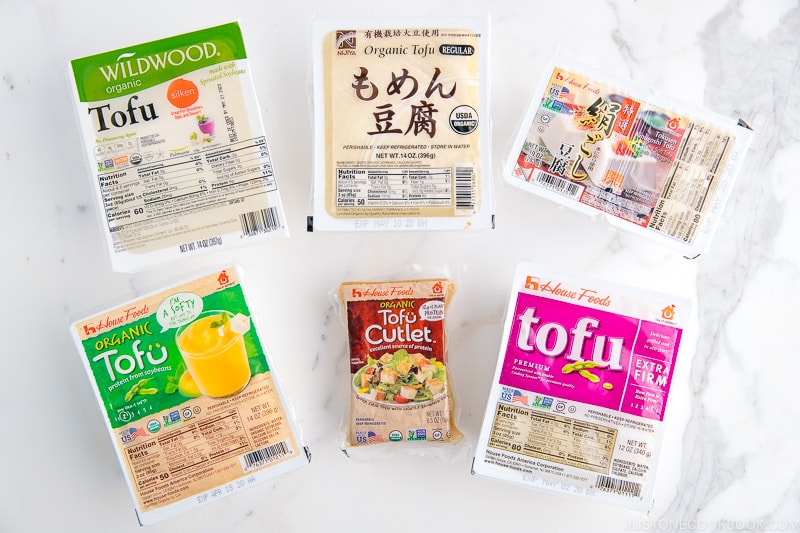
Protein comprises amino acid chains, and amino acids have flavors. Glutamate constitutes the most significant proportion of amino acids. To perceive the taste of meat, the protein must break down through aging to disintegrate the amino acid chain. This then multiplies the glutamate. Similarly, other foods also undergo aging/fermentation in this way, such as prosciutto, cheese, miso, and soy sauce.
For example, the beef we buy at the supermarket undergoes “wet aging” after slaughter. Wet aging is when a block or cut of beef is vacuum-sealed and then aged for 20-25 days at 0C/32F. This process helps the meat tenderize as the enzymes in the muscle break down the tough fibers.
Thus, we taste that meaty, umami flavor when the meat has aged.
The Discovery of Umami
Throughout human civilization, we know how to flavor food to make it palatable. About 3,000 years ago, Greek philosophers conceptualized the four basic tastes: sweet, salty, sour, and bitter. Humans have commoditized salt, vinegar, and sugar for centuries and even fought wars to obtain them. However, recognizing umami as the fifth taste is a relatively recent discovery, some 110 years ago.
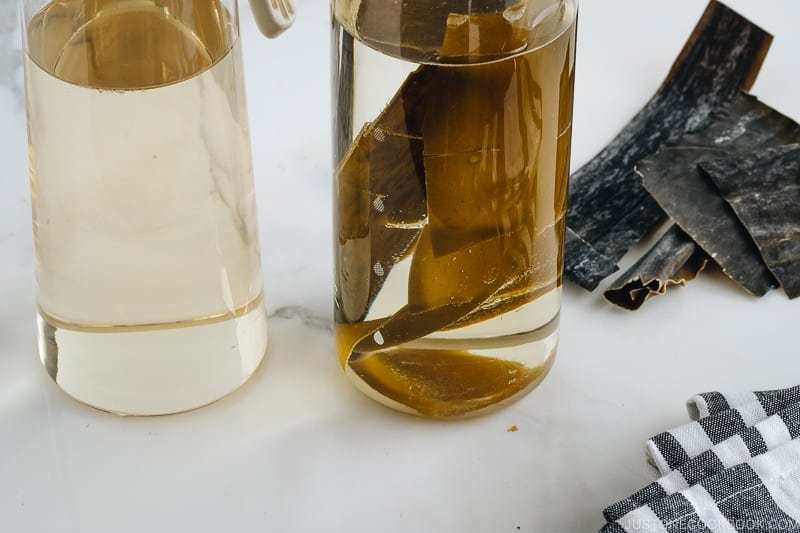
The Japanese chemist Dr. Kikunae Ikeda noticed that the savory flavor of kombu dashi was distinct from the four flavors. His analysis found large amounts of the flavor compound glutamate in kombu. He then isolated this compound and named it umami, derived from umai (うまい, deliciousness).
But he didn’t stop there. He mass-produced this substance by combining it with sodium to make it easy to use in cooking. This was monosodium glutamate (MSG). He is also the founder of Ajinomoto (味の素, “essence of flavor”), one of the biggest brands of MSG.
Following Dr. Ikeda, other Japanese scientists further deepened the study. Professor Shintaro Kodama discovered inosinate in katsuobushi in 1913. In 1957, Dr. Akira Kuninaka identified the umami in dried shiitake as guanylate. He also found the synergistic effect of umami (more below).
Umami and MSG
However, the Western scientific community was skeptical of Dr. Ikeda’s discovery. It also didn’t help that Dr. Ikeda wrote his scientific papers in Japanese and didn’t translate them into other languages. For decades after his discovery, the Western scientific community didn’t recognize umami as a basic taste. It was also thought to be the same thing as MSG.
Further tainting umami’s recognition was the “Chinese Restaurant Syndrome.” This is a phenomenon of blaming Chinese restaurants for adding MSG to their foods, which supposedly causes bodily pain, weakness, headaches, and heart palpitations. Even though some claim to be sensitive to MSG, little clinical evidence is linked to such reactions.

However, food companies have added MSG to processed foods since the 1950s. It ranges from snacks, canned foods, condiments, soups, and prepackaged foods. You can find it in flavor enhancers like Ac’cent, Maggi Seasoning, and bouillon cubes. MSG can be euphemistically labeled as hydrolyzed protein, yeast extract, glutamate, or soy extract to evade consumers’ reactions. While some food companies use these terms instead of MSG, the use is widespread in the food industry.
However, “natural” umami is not better or healthier than “processed” MSG. They’re simply flavor enhancers that impart savory flavors.
For more, please follow How MSG Got A Bad Rap: Flawed Science And Xenophobia, and This Podcast Contains MSG.
Relationship between umami and Japanese cuisine
So, how does umami relate to Japanese cuisine?
First, Japanese cuisine does not use rich ingredients like dairy products, animal meats, or high-caloric condiments. Instead, it relies on dashi (Japanese soup stock) for its umami source, which is prevalent in many dishes.
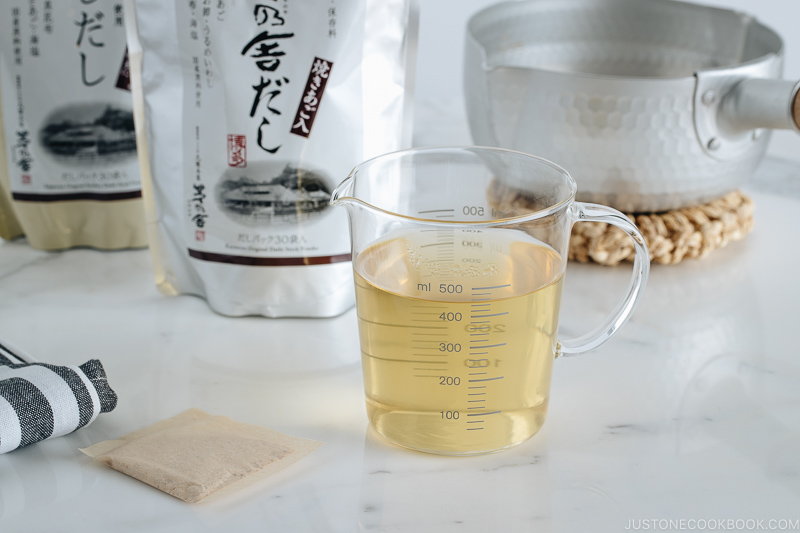
Dashi is a quick infusion of umami-rich ingredients of katsuobushi, iriko, shiitake mushrooms, or kombu. It is indispensable in miso soup, nimono, nitsuke, hot pots, and soup noodles like udon, somen, and soba. While you may not immediately notice it, dashi is used to enhance and harmonize the flavors of other ingredients. While the ingredients are simple, the umami content in dashi satiates your hunger without overeating.
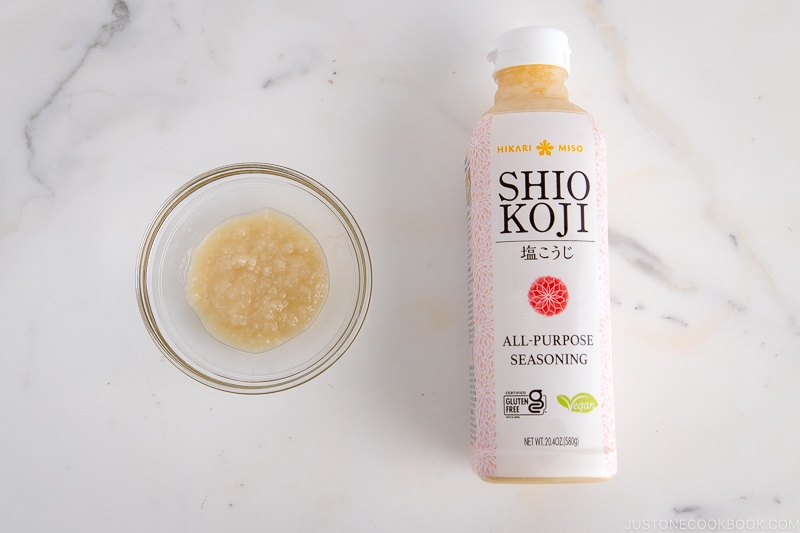
Other umami-rich ingredients include soy sauce, miso, shio-koji, and mentsuyu. The Japanese use these salty-savory condiments in home cooking daily.
Umami and Dashi
As mentioned above, dashi is vital in Japanese cuisine and high in umami. Dashi commonly utilizes a combination of katsuobushi and kombu.
Katsuobushi or dried bonito flakes contain high levels of inosinate, almost 30 times more than fresh bonito. To make katsuobushi dashi, add a handful to a pot of hot water. The paper-thin shavings allow quick extraction of inosinate while preventing less desirable amino acids from releasing flavor. This is why we don’t cook katsuobushi for long. Otherwise, the stock will become cloudy and taste “off.”
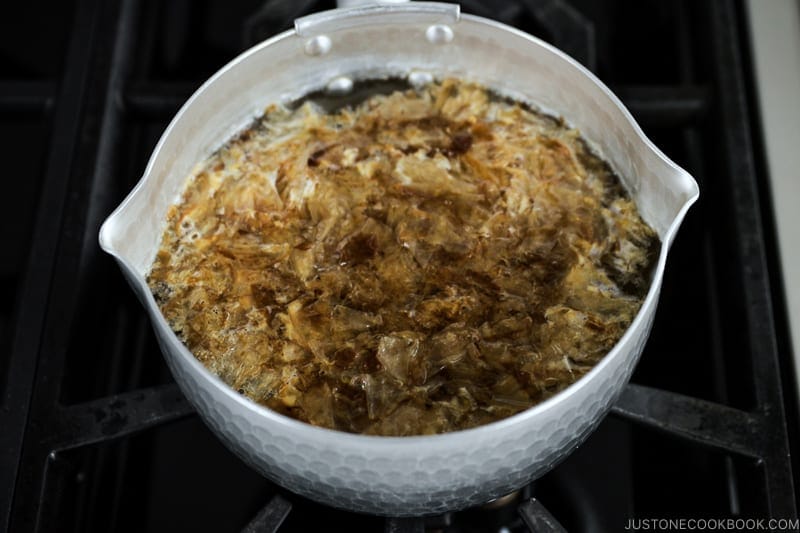
Kombu contains high levels of glutamate, as first discovered by Dr. Ikeda. Unlike katsuobushi, kombu dashi is soaked in water for 15-20 minutes to as long as overnight.
Japanese cuisine is centered around dashi and, by extension, umami. Utilizing dashi allows maximum flavor while using less sugar, salt, and fat without sacrificing deliciousness.
🫕 Learn how to prepare katsuobushi dashi and kombu dashi.
Taste-pairing Umami
But it isn’t just about the umami ingredients. It’s also how the Japanese taste pairs different umami ingredients to amplify the flavors.
“Umami bombs,” a super-rich umami experience, often combines different umami. This umami synergy (相乗効果) multiplies the umami so that the flavor is even more potent and long-lasting. We notice this because we sense umami more strongly when combining different compounds.
For example, one way of amplifying the umami in dashi is by combining katsuobushi and kombu. Combining these two umami sources makes dashi even more potent than just one ingredient. Thus, many Japanese recipes calling for dashi recommend blending the two.
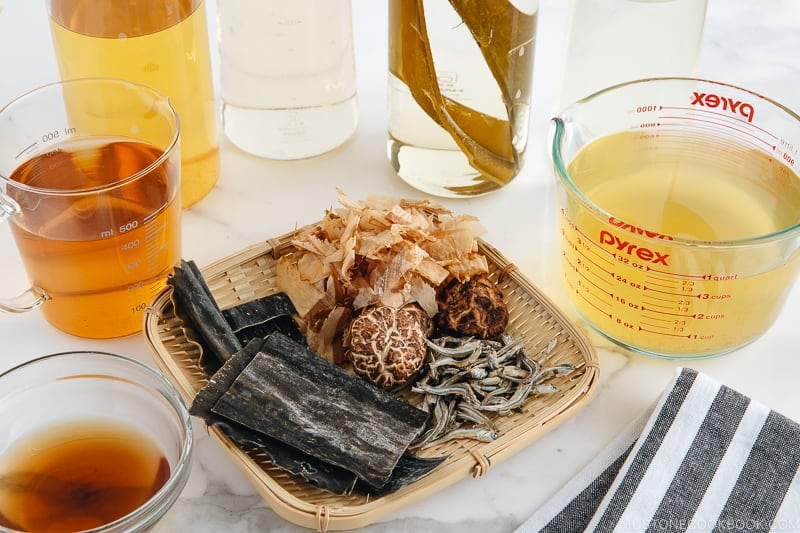
When eating sushi, you may unconsciously dip sushi into soy sauce, but this is another example of umami synergy. Raw fish has inosinate, and soy sauce is high in glutamate. This combination is not a mere coincidence, and from experience, we know that this combination is delicious. Next time you eat sushi, try dipping it in salt instead of soy sauce. You may notice something lacking that the umami in soy sauce provides.
Another taste pairing is sake-steamed clams. This dish combines clams (succinate) and sake (glutamate). While you can use white wine for similar results, sake contains higher amounts of umami due to the longer fermentation period.
Cooking a protein in teriyaki is another method of combining umami compounds. Teriyaki sauce contains soy sauce, sake, and mirin, which have glutamate. Proteins such as salmon, yellowtail, chicken, beef, and pork have inosinate.
Umami in Many Foods
This phenomenon is, of course, not limited to Japanese cuisine. In French cuisine, a bouillon stock consists of carrots, celery, onion (glutamate), and beef (inosinate). Chinese soup consists of spring onions, ginger (glutamate), and chicken (inosinate). Pepperoni pizza balances pepperoni (inosinate), tomato sauce, and cheese (glutamate). How about the Korean sundubu jjigae, bursting with umami-rich foods like anchovy stock (inosinate), kimchi, soy sauce, fish sauce, green onion (glutamate), and clams (inosinate)?
This synergistic effect is everywhere if you look for it!
Thus, chefs and home cooks worldwide have long been aware of this synergistic effect before the scientific discovery of umami.
What’s your favorite source of umami? How do you use umami in cooking? What is the umami synergy from your food culture? Please share in the comment box below!
Sources:
「うま味」には食欲を抑える作用がある 海外で和食が注目される理由 – 糖尿病ネットワーク
うま味と和食文化のグローバリゼーション- NPO法人うま味インフォメーションセンター
An MSG Convert Visits the High Church of Umami – The New Yorker
But what does umami taste like? – Vox
The Discovery of Umami – Chemical Senses




My grandmother was an excellent out-west farm cook, and without knowing it, seasoned her liquid soups to the point of umami. The daughter of a pioneer, her soups were not hearty or thick. They were liquidy in order to stretch the food budget. So they had to be well-seasoned. It was common for pioneers to use dried mushrooms as a seasoning base instead of salt because salt was a precious commodity used for preserving meat.
Hi Pamela! Wow! Thank you so much for reading this post and sharing the story with us. 😃
Thank you for such a succinct and clear explanation of Umami. My brain has exploded in delight, much like my taste buds do when experiencing the flavour. I feel like I can now incorporate this in my home cooking, no matter the cuisine. Amazing! Thanks 🙏 ☺️
Hi, Damo! We’re glad to hear you enjoyed learning about Umami. Thank you so much for reading Kayoko’s post. 🥰
What a great article!! It’s interesting that the food industry adds a lot of sugar to create more flavor, but if they would just harness umami, less sugar would be needed (and that might be healthier for many people).
Hi Michelle, thanks for reading! Unfortunately, food corporations have a bigger agenda than keeping us healthy (AKA keeping us addicted to their food by adding lots of salt and sugar) but yes adding umami to home cooking is a great flavor booster!